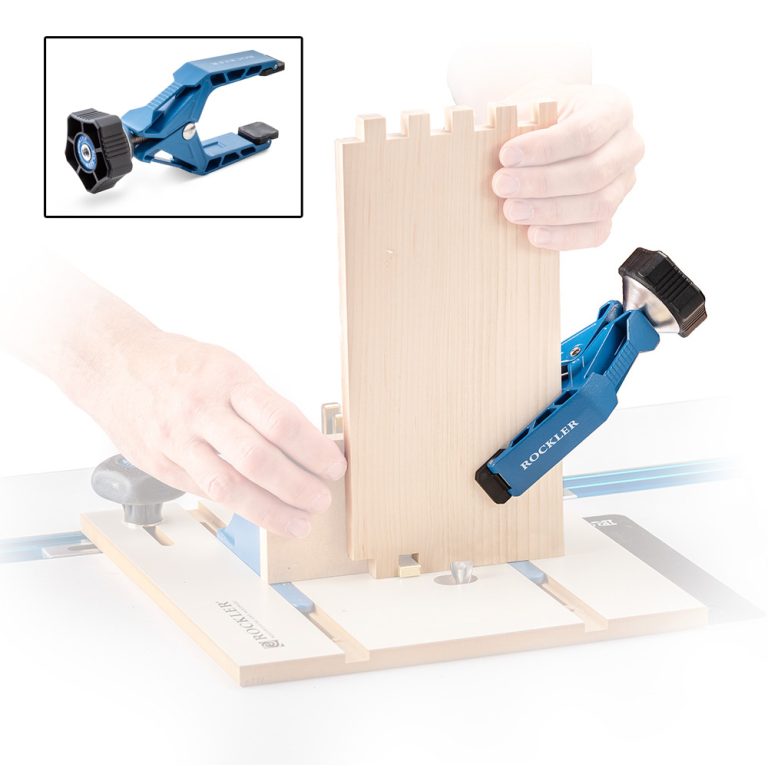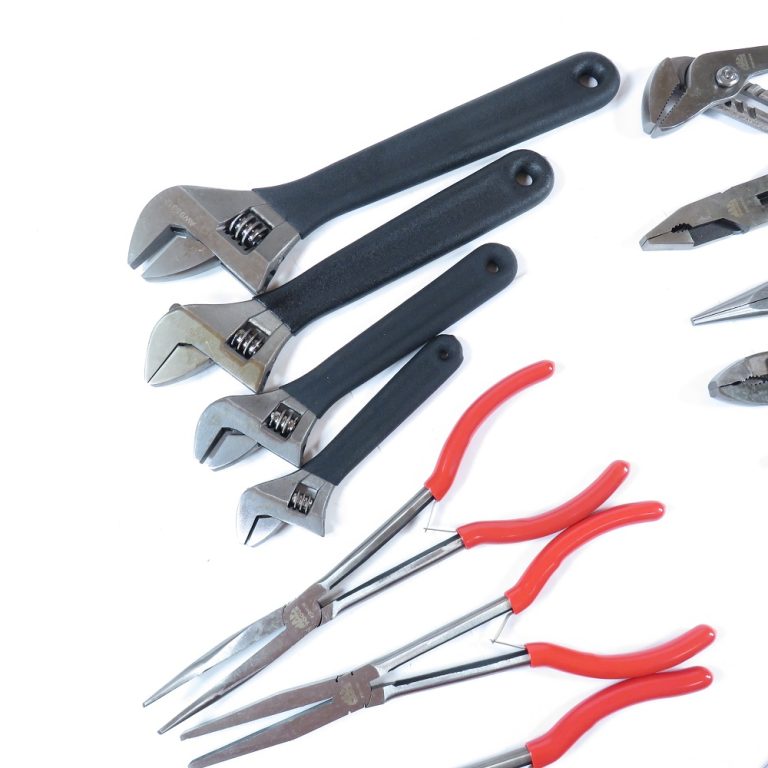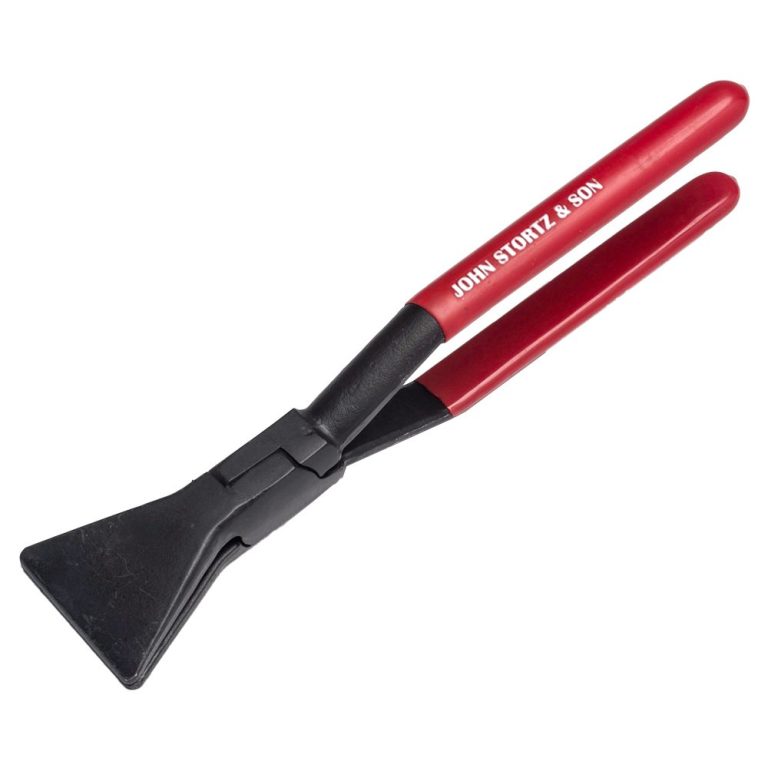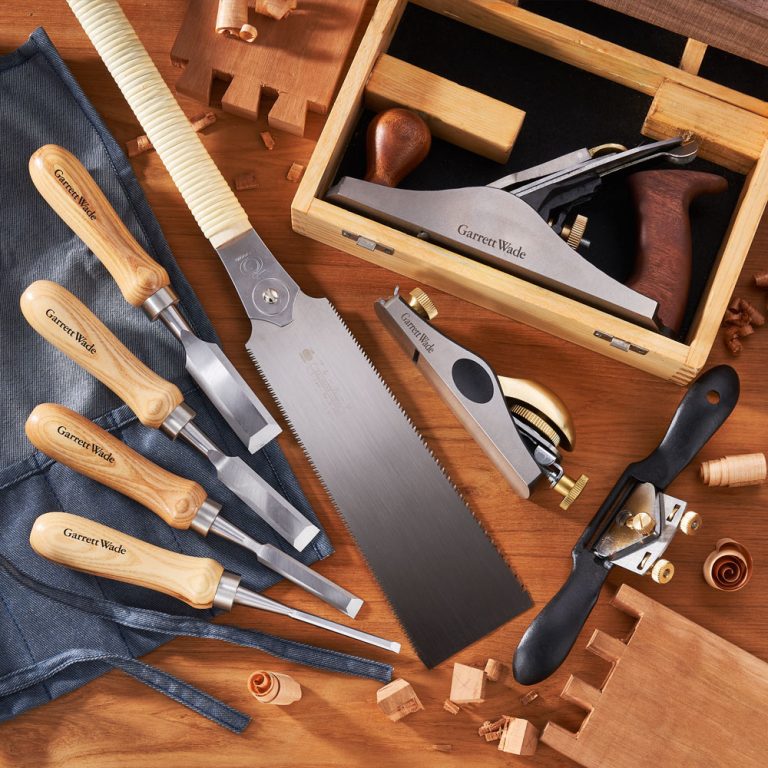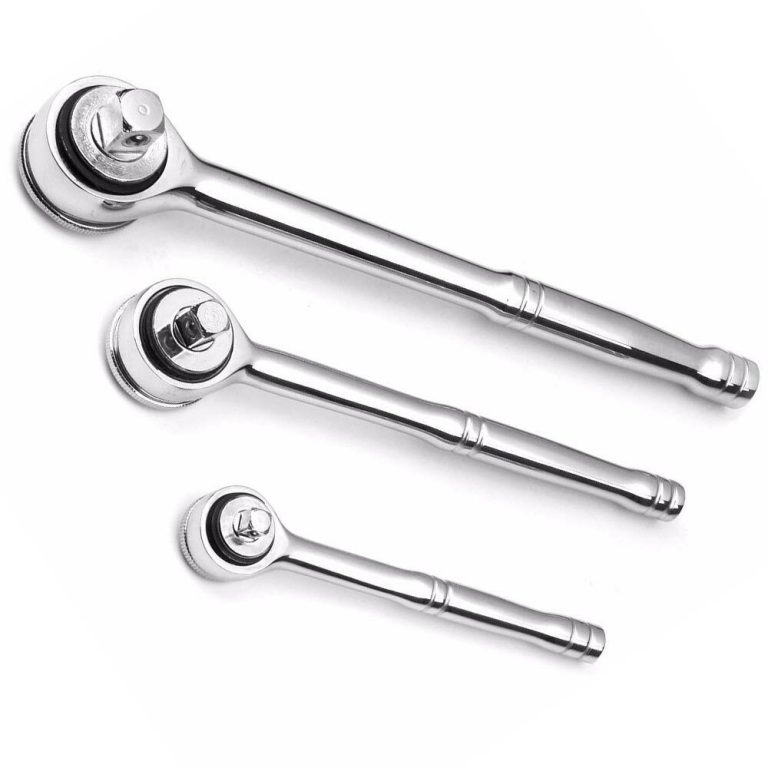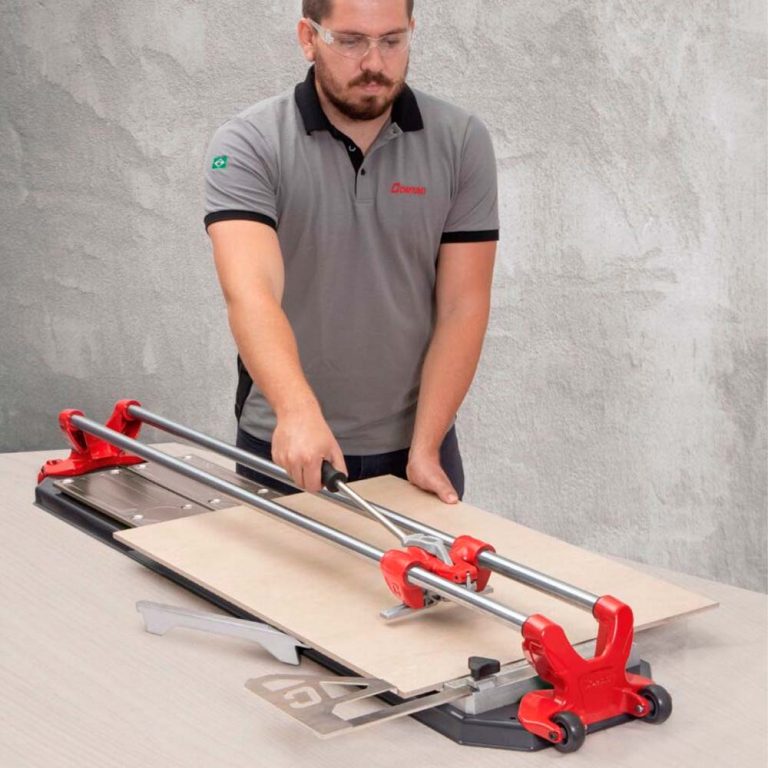The Complete Guide to Metal Detecting: From Beginner to Pro
Metal detecting captivates both hobbyists and adventurers alike. With a simple device in hand, the thrill of discovery awaits. Individuals venture into parks, beaches, and historical sites, eager to uncover hidden treasures buried beneath the surface. This age-old hobby combines excitement with a touch of history, making it more than just a pastime.Modern metal detector are sophisticated yet user-friendly. They come equipped with advanced technology that enhances the search for metallic objects. Different models cater to a range of needs, from beginners to seasoned enthusiasts.
Selecting the right detector depends on the terrain and the type of items sought. While some prefer beachcombing for coins and jewelry, others delve into relic hunting for historical artifacts.Transitioning from equipment to technique, proper usage is crucial. Understanding how to operate a metal detector maximizes the chances of finding buried items. Slow, deliberate sweeps ensure that no sound goes unnoticed. Additionally, digging techniques play a vital role in preserving finds. Employing tools designed for digging helps minimize damage to both the object and the surrounding area.
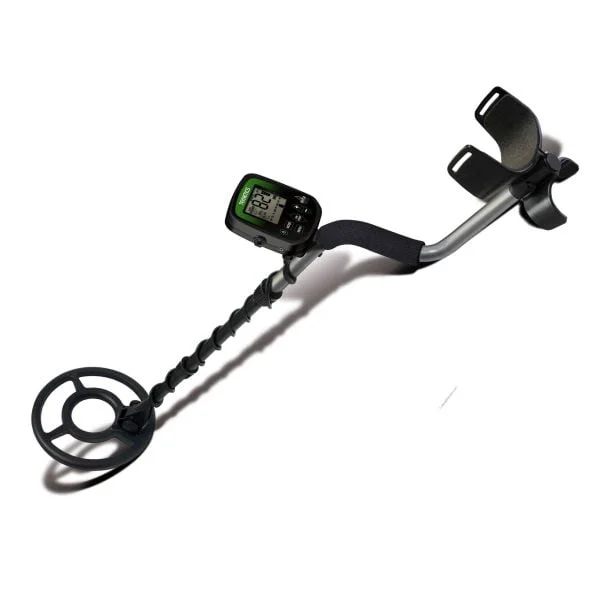
Metal detecting cultivates a sense of community among enthusiasts. Online forums and local clubs provide opportunities for sharing tips, techniques, and stories. Engaging with fellow metal detectors offers guidance and camaraderie. Events and competitions further enhance the experience, fostering friendly rivalries and collective excitement.
Metal detecting serves as a bridge between the past and present. It invites everyone to explore the world beneath their feet, transforming ordinary outings into extraordinary adventures. Whether seeking coins, jewelry, or historical artifacts, the journey promises a sense of wonder and discovery.
Understanding Metal Detector Technology
Metal detectors operate through electromagnetic fields to locate metallic objects underground. The device creates a magnetic field that interacts with metal objects, generating a signal. Different metals produce distinct signals, helping detectorists identify potential finds. Modern metal detectors use various technologies, including Very Low Frequency (VLF), Pulse Induction (PI), and Multi-Frequency. VLF detectors remain the most popular choice for beginners due to their affordability and versatility.
These devices contain two coils: the transmitter coil sends electromagnetic signals into the ground, while the receiver coil picks up responses from metal objects. Additionally, most detectors include discrimination features that help filter out unwanted targets like aluminum foil or bottle caps. Understanding these basic principles helps users choose the right detector and interpret signals accurately. Furthermore, advanced detectors often include ground balance settings to minimize interference from mineralized soil. This technology continues to evolve, with newer models offering improved depth detection and target identification accuracy.
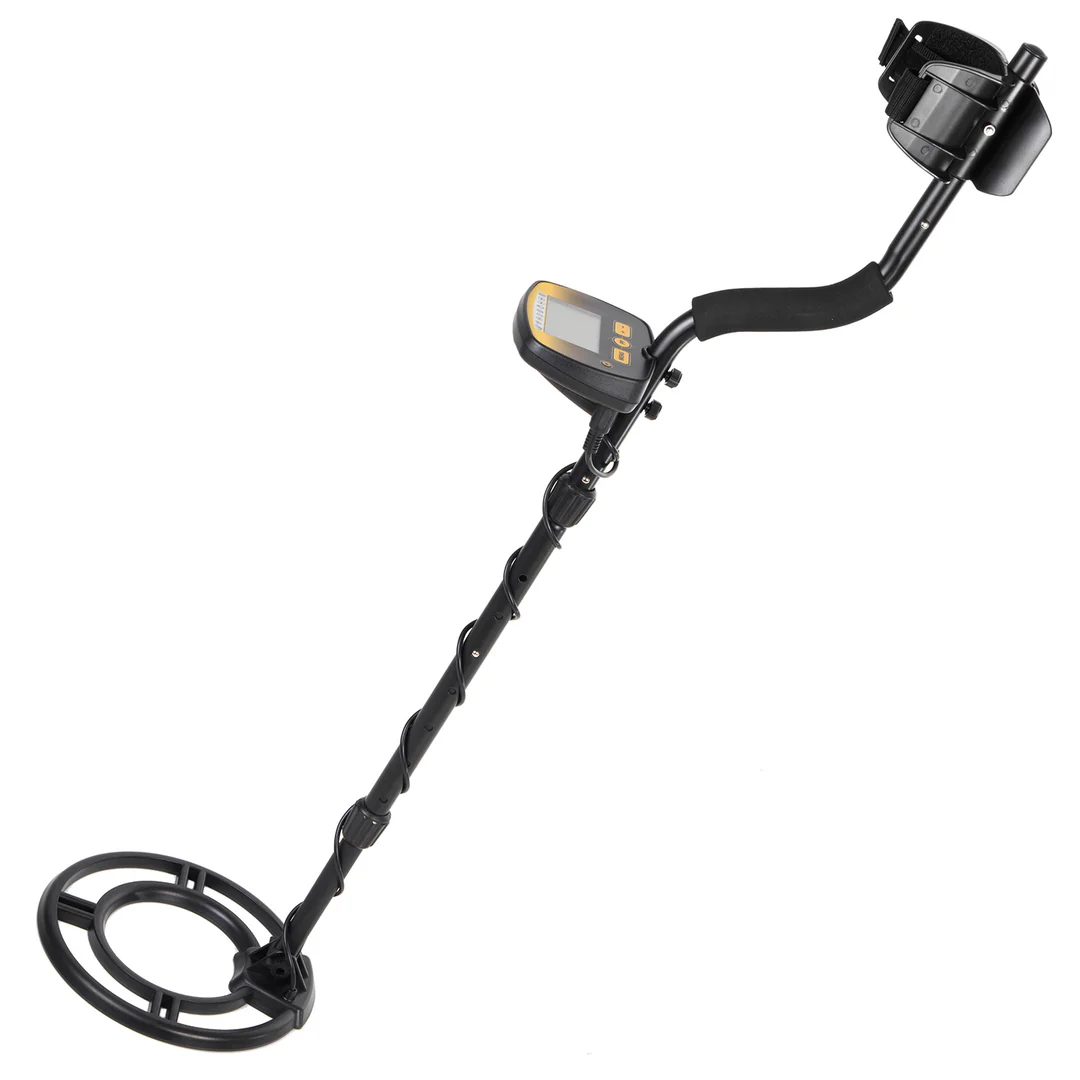
Choosing Your First Metal Detector
Selecting the right metal detector requires careful consideration of several factors. Entry-level detectors typically cost between $200 and $500, offering good functionality for beginners. Consider the primary search location when choosing a detector. Beach hunters need waterproof models with good salt water performance. Meanwhile, relic hunters should focus on devices with excellent depth capabilities and discrimination features. Weight plays a crucial role in detector selection, as lengthy hunting sessions demand comfortable equipment.
Many manufacturers offer lightweight models with ergonomic designs to reduce fatigue. Battery life also deserves attention, with most quality detectors providing 20-30 hours of operation. Moreover, display type affects usability significantly. Some models feature simple LED indicators, while others boast full-color screens with detailed target information. Beginners should prioritize user-friendly interfaces and clear audio signals. Additionally, consider the availability of local dealer support and warranty coverage. These factors contribute to a more satisfying detecting experience and better long-term value.
Essential Metal Detecting Equipment
Beyond the detector itself, successful metal detecting requires various supporting equipment. A sturdy digging tool, such as a hand trowel or sand scoop, proves essential for target recovery. Pinpointers help locate exact target positions after digging, significantly reducing recovery time. Quality headphones improve target signal recognition and preserve battery life. Furthermore, comfortable knee pads protect during extended digging sessions. Storage solutions, including finds pouches and tool belts, keep equipment organized and accessible.
Weather protection gear safeguards both the detector and detectorist during adverse conditions. Additionally, GPS devices help mark productive locations for future reference. Documentation materials, such as notebooks or mobile apps, record significant finds and site information. Safety equipment, including high-visibility vests and first-aid kits, ensures preparedness for various situations. Finally, cleaning supplies help preserve recovered items and maintain equipment condition. This comprehensive kit enhances the detecting experience and improves success rates significantly.

Mastering Search Techniques
Effective metal detecting requires proper technique and methodical searching patterns. The search coil should remain parallel to the ground, maintaining consistent height for optimal performance. Sweep the coil slowly from side to side, overlapping each pass to ensure thorough coverage. Most detectorists employ a grid pattern, systematically covering an area in parallel lines. Speed significantly affects detection quality, with slower sweeps typically yielding better results. Additionally, proper ground balance adjustment optimizes detector performance in various soil conditions.
Target recovery techniques require practice to minimize ground disturbance and protect valuable finds. Learning to interpret different audio signals helps identify potential targets before digging. Furthermore, understanding how depth affects signal strength improves target assessment accuracy. Environmental factors, such as soil moisture and mineralization, influence detection effectiveness. Successful detectorists adapt their techniques based on these conditions and target types. Regular practice develops muscle memory and improves signal interpretation skills.
Legal Considerations and Permissions
Metal detecting requires adherence to various laws and regulations. Obtaining permission remains crucial when detecting on private property. Many countries protect historical sites and artifacts through specific legislation. Detectorists must research local laws regarding artifact recovery and reporting requirements. Additionally, some areas require permits or licenses for metal detecting activities. Public lands often have specific rules about metal detecting and artifact removal. Furthermore, international laws govern the transport and ownership of historical artifacts.
Responsible detectorists document significant finds and report them to appropriate authorities. Beach detecting typically requires understanding tide tables and local regulations. State and national parks usually prohibit metal detecting without special permits. Similarly, battlefield sites and historical locations often restrict or ban detecting activities. Understanding and following these regulations preserves historical sites and maintains public access for future detectorists.
Target Identification and Recovery
Successful metal detecting involves skilled target identification and careful recovery techniques. Modern detectors provide visual and audio clues about buried objects. Target depth indicators help determine appropriate recovery methods. Different metals produce distinctive signals, helping detectorists focus on desired finds. Professional recovery techniques minimize damage to both artifacts and the environment. Creating neat plug cuts preserves grass roots and facilitates proper ground restoration. Additionally, careful soil removal prevents damage to fragile artifacts during recovery.
Proper cleaning methods protect recovered items while preserving historical evidence. Furthermore, accurate target identification reduces unnecessary digging and saves time. Recording find locations and depths provides valuable data for future hunting. Documentation helps identify productive areas and historical patterns. Target recovery tools should match soil conditions and target types. Finally, proper site restoration maintains good relationships with property owners.
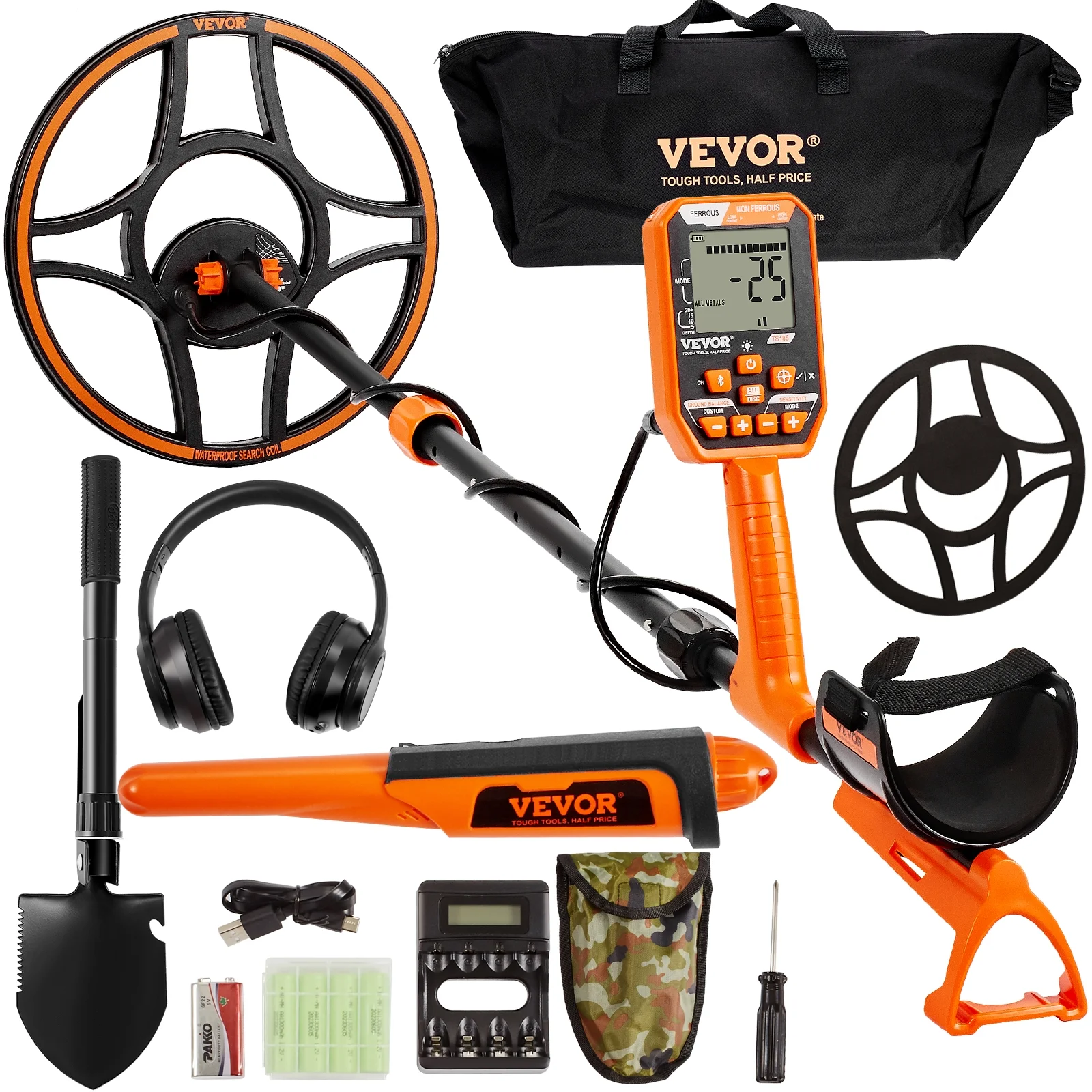
Advanced Search Strategies
Experienced detectorists develop sophisticated strategies to improve their success rates. Historical research helps identify promising search locations. Maps, photographs, and local records provide valuable information about past activities. Aerial photography reveals old pathways and building foundations. Additionally, understanding how terrain affects human behavior helps predict likely find spots. Seasonal changes influence detecting conditions and accessibility.
Furthermore, weather patterns affect soil moisture and detection depth. Advanced detectorists often specialize in specific target types or historical periods. This specialization informs equipment choices and search locations. Technology integration, including GPS mapping and data logging, enhances search efficiency. Social networking connects detectorists with landowners and research resources. Moreover, understanding soil composition and mineralization improves site selection. Successful detectorists combine multiple information sources to identify high-potential areas.
Cleaning and Preserving Finds
Proper cleaning and preservation protect recovered items for future generations. Different materials require specific cleaning approaches. Coins benefit from gentle mechanical cleaning without harsh chemicals. Archaeological finds often need professional conservation treatment. Basic cleaning supplies include soft brushes, distilled water, and wooden tools. Additionally, proper storage conditions prevent further deterioration.
Documentation includes photographs and detailed find information. Furthermore, valuable items may require professional appraisal or conservation. Creating display collections requires appropriate storage materials and conditions. Labels and catalogs help organize and track recovered items. Moreover, sharing find information contributes to historical research. Professional conservation resources provide guidance for significant discoveries. Finally, proper cleaning reveals details that aid in identification and dating.
Building Metal Detecting Skills
Skill development requires dedication and systematic practice. Beginning detectorists should focus on basic techniques before advancing. Test gardens help new users learn target responses and recovery methods. Regular practice improves swing technique and signal interpretation. Additionally, joining metal detecting clubs provides valuable learning opportunities. Experienced members share knowledge and organize group hunts. Furthermore, online forums offer equipment reviews and hunting tips. Video tutorials demonstrate advanced techniques and recovery methods. Field training helps develop proper site restoration skills. Moreover, attending metal detecting events exposes users to new equipment and techniques. Competition hunts sharpen skills under time pressure. Finally, maintaining detailed records tracks skill development and success rates.
Environmental Responsibility and Ethics
Responsible metal detecting promotes hobby sustainability and site preservation. The “Code of Ethics” guides detector user behavior and site treatment. Proper hole plugging and trash removal maintain site aesthetics and safety. Additionally, reporting significant historical finds benefits archaeological research. Responsible detectorists avoid damaging plants and wildlife habitats. Furthermore, weather consideration prevents soil damage during wet conditions. Building positive relationships with property owners ensures continued access. Metal detecting clubs often organize cleanup events to improve public perception. Moreover, educating new detectorists about responsible practices preserves detecting opportunities. Understanding soil composition helps prevent environmental damage. Finally, proper equipment cleaning prevents cross-contamination between sites. These practices ensure metal detecting remains an accepted recreational activity.

